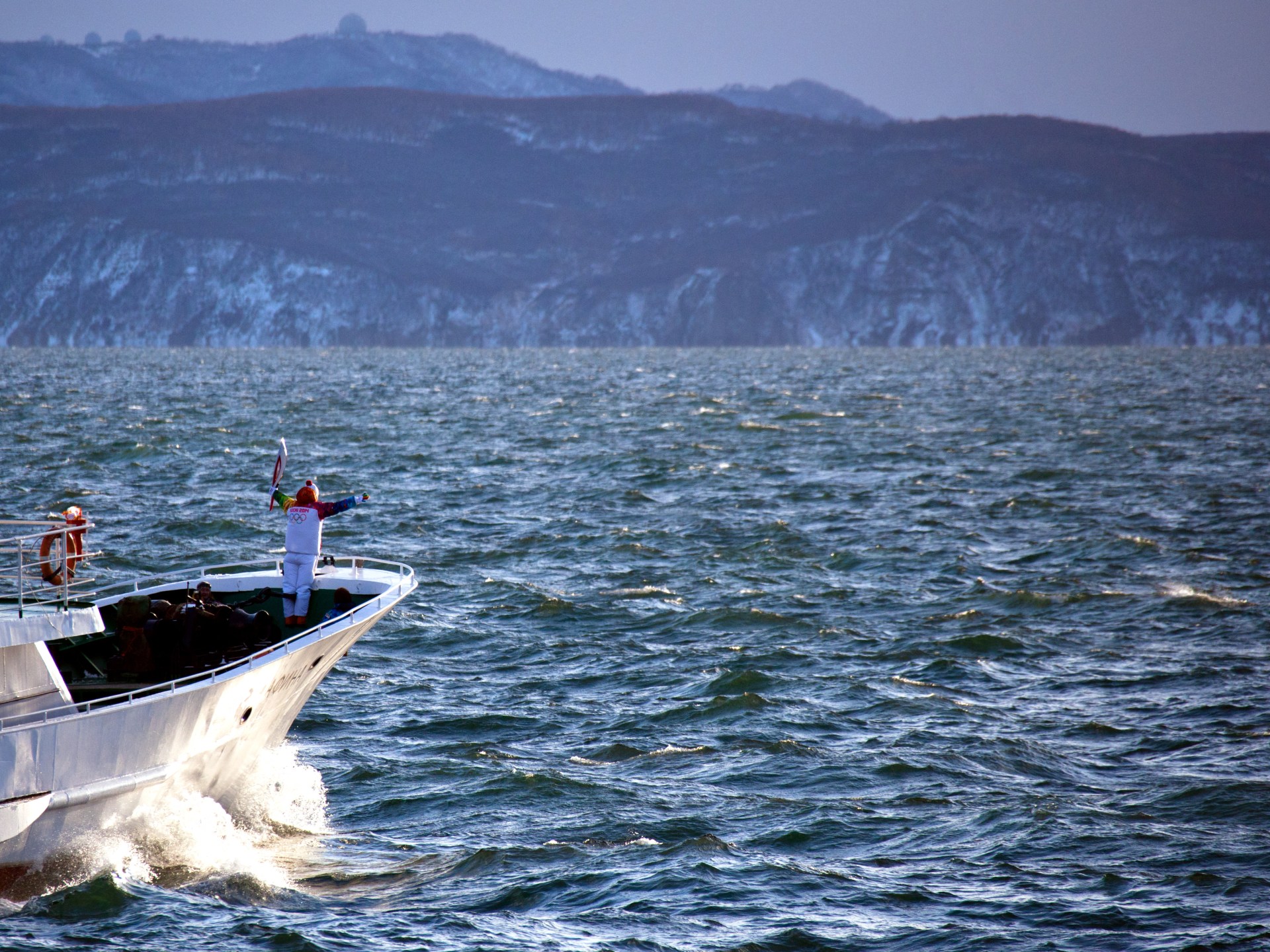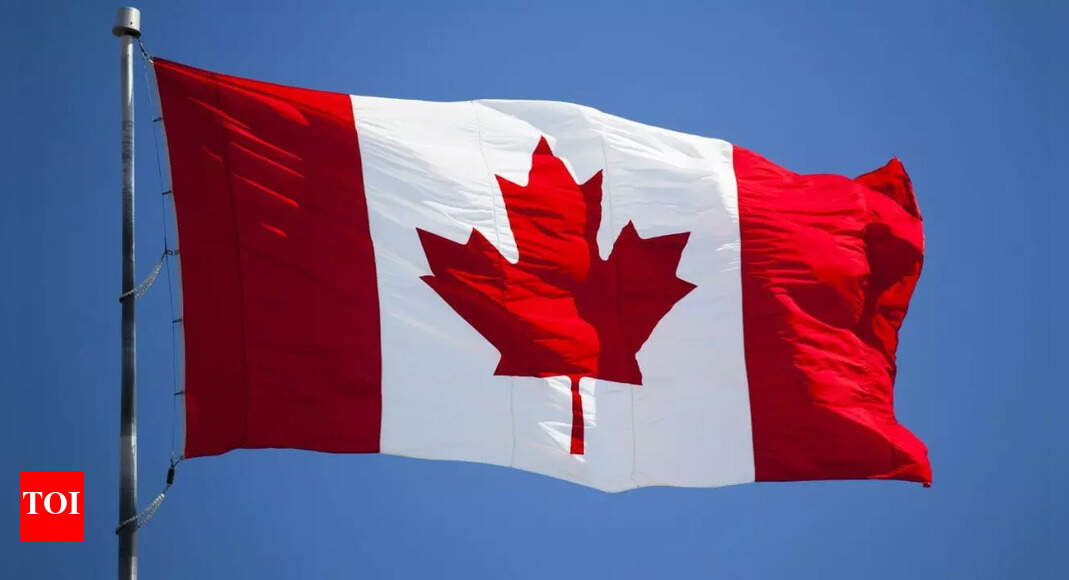Three earthquakes, one with a magnitude of 7.4, recorded near Petropavlovsk-Kamchatsky, capital of Russia’s Kamchatka region.
The Pacific Tsunami Warning Center (PTWC) says there is no longer a danger of tsunami waves on Russia’s Kamchatka Peninsula after three earthquakes – the larger with a magnitude of 7.4 – struck in the sea nearby.
The warning was issued earlier on Sunday after the quakes were recorded off the Pacific coast of Russia, according to the United States Geological Survey (USGS).

The epicentres of a series of earthquakes – the others measuring 6.7 and 5 – on Sunday were about 140km (87 miles) east of Petropavlovsk-Kamchatsky, capital of Russia’s Kamchatka region, which has a population of more than 160,000.
According to the USGS, the quakes hit the same area off the coast of Petropavlovsk-Kamchatsky within 32 minutes.
The magnitude 7.4 earthquake was at a depth of 20km (12 miles). There were no immediate reports of casualties.
The PTWC initially said there was a danger of major tsunami waves but later downgraded its warning before finally saying the danger had passed.
Russia’s Emergencies Ministry also issued a tsunami warning following the second quake, urging residents of coastal settlements to stay away from the shore.
A separate tsunami watch issued for the state of Hawaii was later lifted.
Germany’s GFZ monitor also confirmed that at least one magnitude 6.7 earthquake was recorded off the east of Kamchatka region on Sunday. GFZ later updated it to magnitude 7.4.
Petropavlovsk-Kamchatsky is located in the Kamchatka region, facing the Pacific, northeast of Japan and west of the US state of Alaska, across the Bering Sea.
The Kamchatka Peninsula is the meeting point of the Pacific and North American tectonic plates, making it a seismic hot zone. Since 1900, seven major earthquakes of magnitude 8.3 or higher have struck the area.
On November 4, 1952, a magnitude 9 earthquake in Kamchatka caused damage, but no deaths were reported despite setting off 9.1-metre (30-foot) waves in Hawaii.




